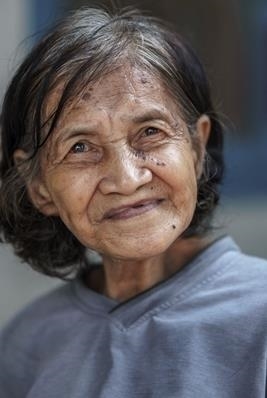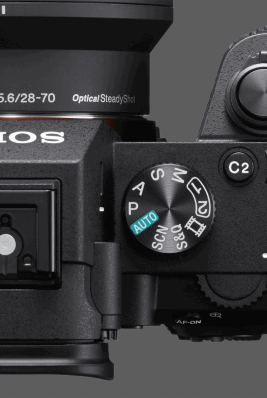What started as a three-week holiday in New Zealand around six years ago ended up with Hakan Nedjat and his wife moving to the country just six months later, basing themselves in Auckland. They’d fallen in love with the place. He’d bought a Sony NEX-5R just before they travelled here so he could capture good quality holiday snaps to show friends and family. And that’s really how Hakan’s passion for photography began. Hakan was hooked, and eventually upgraded to the Sony α5100.
During his time with the Sony α5100, Hakan — who works as an accountant by day — started to experiment with photographing what he describes as astroscapes — beautiful scenes of the night sky in all its glory. “After seeing some inspiring photos of the night sky by very talented New Zealand photographers, I had to try it out for myself,” Hakan explained. “My first photos of the stars were so bad! I laugh when I look back at them, but at the time I was so happy with the results I was achieving.”

Having experimented in the world of astroscapes with his α5100, Hakan upgraded to the α6300 and started to get his astrophotography to the level he was happy with. However it all came together with his upgrade to the full-frame α7R II. “Upgrading from the α5100 to the α6300 helped with my astrophotography, and the low-light capabilities really improved the foreground details in my images. But with both of these APS-C cameras, I was really pushing them to their limits,” Hakan said. “It wasn’t until I bought the α7R II that I could really bring my astro images to life. The Sony full-frame sensors perform so well, even in complete darkness!”

There’s a lot to think about and factor in when you’re shooting astrophotography. You’ve got things like the weather to worry about, how cloudy an evening may be, and how much light may be around that would spoil the shot you’re trying to capture. Hakan’s shot enough astroscapes now that he takes all these added components in his stride, and he’s even adopted the use of technology to help him identify the best times to head out on a shoot. “Once you get your head around the moon cycles and Milky Way movement it’s relatively easy to know when you are able to shoot the night sky,” Hakan said. “The difficult part to planning is finding a location that is far enough away from any light pollution and will give you a decent foreground element to your shot. Then the only thing left is to hope for clear skies so you can actually shoot! I use three apps to plan: The Photographer’s Ephemeris, Stellarium, and PhotoPills.”
The Photographer’s Ephemeris is a calculator that help you plan your outdoor shoots as it provides information based on the movement of the sun, moon and Milky Way. Stellarium shows what the sky looks like in 3D so you can get an idea of what you’ll be shooting. And finally, PhotoPills is an app that helps you capture a perfect astroscape. If you stumble across a gorgeous scene, but the moon isn’t in the right spot, you can use the app to find exactly when the moon will be in the spot you’re after, and you can come back and capture you’re shot.

On a recent trip to Tongariro National Park, Hakan managed to capture two night sky images that he ranks as right up there with his favourite astroscape shots he’s ever captured. He did the big drive down from Auckland to Tongariro during the day, and first stopped at Tawhai Falls to photograph the star trails there. After that, he headed down the road a bit to a location he’d scouted during the day which would let his capture the Milky Way rising over Mount Ngauruhoe. “As it often is on astroscape shoots, it was a tiring affair. I had one hour of sleep in between locations, and started the five-hour drive back home at around 4am.” But the long day and lack of sleep paid of, rewarding Hakan with those two shots that he’s incredibly pleased with.

Hakan’s very encouraging of photographers wanting to get into astroscapes. He provides a bevy of incredibly useful resources and tutorials available to photographers on his website. He says it stems from the fact that he would have loved to have some tutorials to guide him while he was learning, but there wasn’t too much out there online at the time. “So I thought [the tutorials] would be helpful to those new to the scene, and would help them progress with their photography more quickly than I did.”
In terms of post-processing, Hakan’s astroscapes don’t need a lot done to them. In his tutorial about Milky Way panoramas, he shows the processing adjustments he would make in Lightroom. “Fortunately that image was an easy one to process. For images where the foreground is very dark, I normally stack a few images to bring out as much detail as I can,” Hakan explained.

To see more of Hakan’s photographs head on over to his website, hakannedjat.co.nz, or follow him on Facebook or Instagram where he posts regularly.












